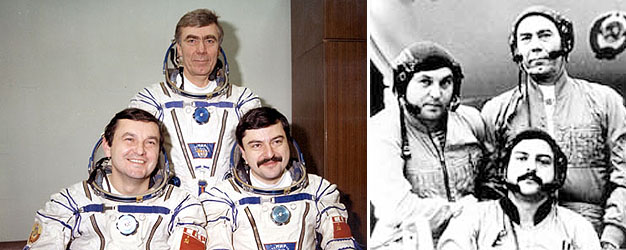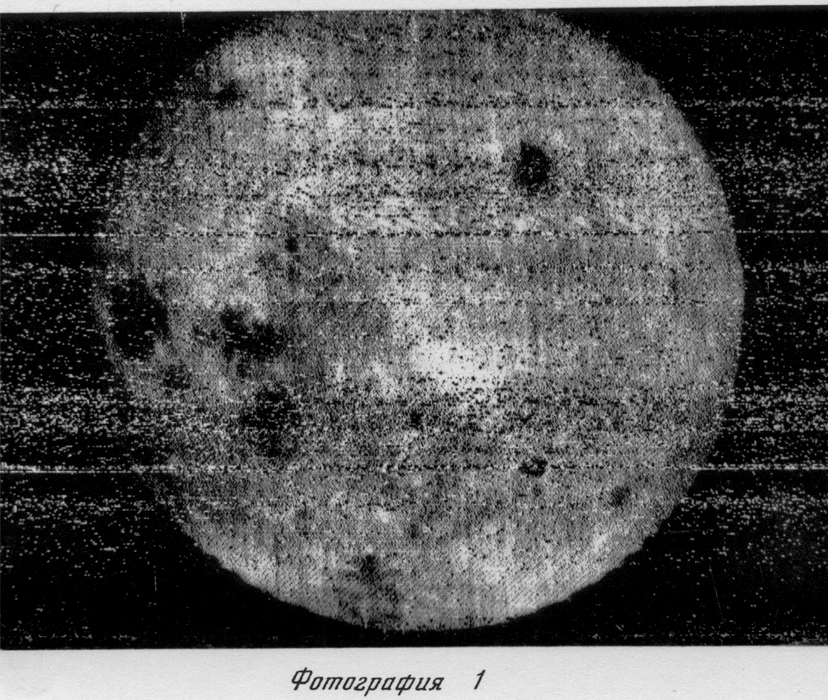NASA‘s second manned mission launched exactly 45 years ago, in 1968. Apollo 8, its crew being made up of Commander Frank Borman, Command Module Pilot Jim Lovell and Lunar Module Pilot William Anders, was the first manned mission orbiting the Moon. A pivotal milestone in U.S. President JFK’s plans to have a man walk on the surface of the Moon before the end of the decade (which was accomplished with Apollo 11 only seven months later), it took the crew three days to travel there. They orbited it ten times (each orbit taking around two hours) and came as close as 70 miles from its surface, before setting on a course for Earth. It was also the first time manned mission using the enormous Saturn V rocket as you can see in below’s video.
Nearly two decades later, another notable event took place… On December 21, 1987, three Soviet cosmonauts started their record-long space trip on board the Mir space station. Captain Vladimir Titov, Onboard Engineer Musa Manarov and researcher Anatoly Levchenko were taken to the Mir by the Soyuz TM-4 space craft. While Levchenko returned earlier, both Titov and Manarov spent just shy of 366 days (365 days, 22 hours and 39 minutes) onboard of the Mir space station. It was only upon the couple’s return that they were informed of Levchenko’s passing away in the meantime. Titov was later awarded the Order of Lenin, and the Golden Star Order for successfully completing the mission he was in command of.




